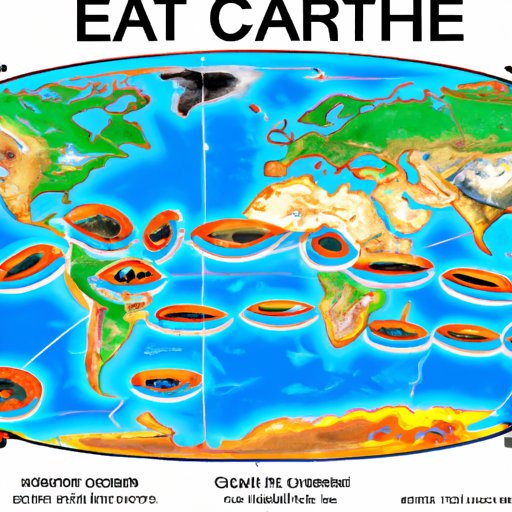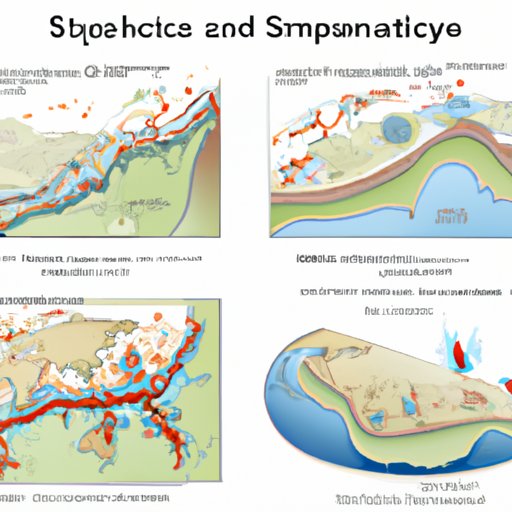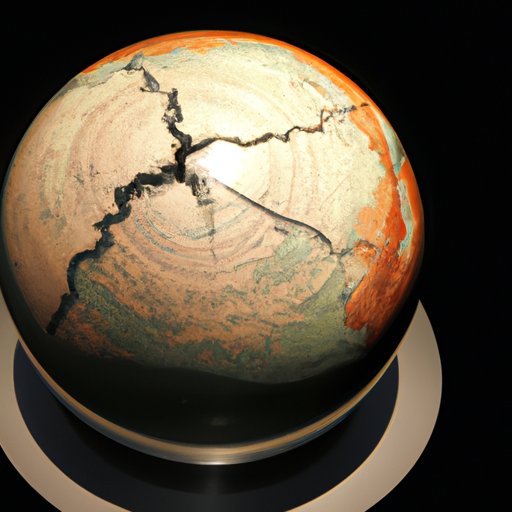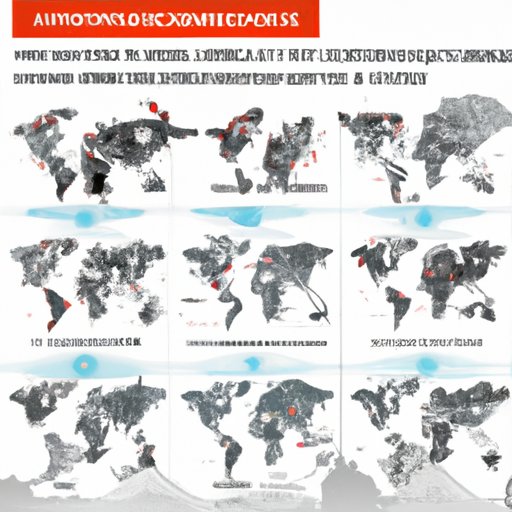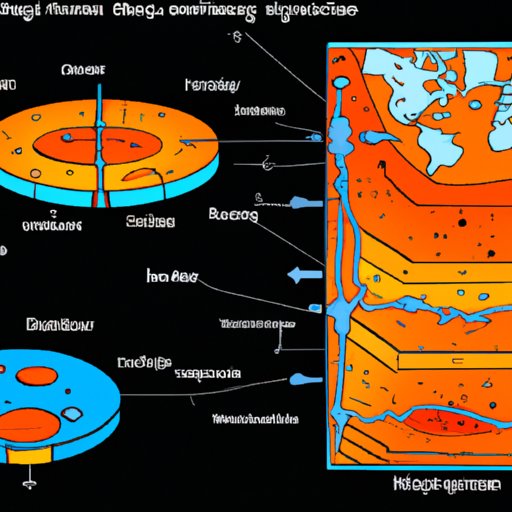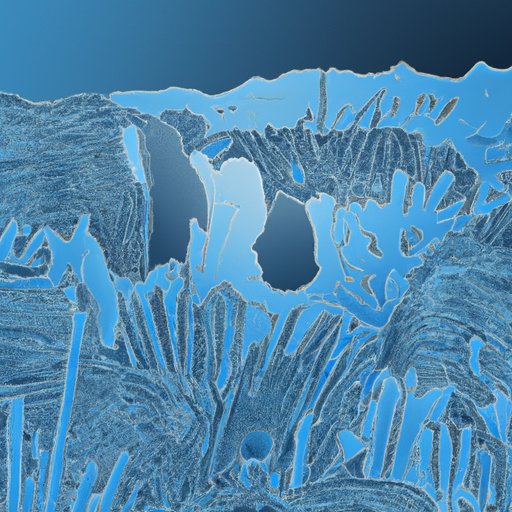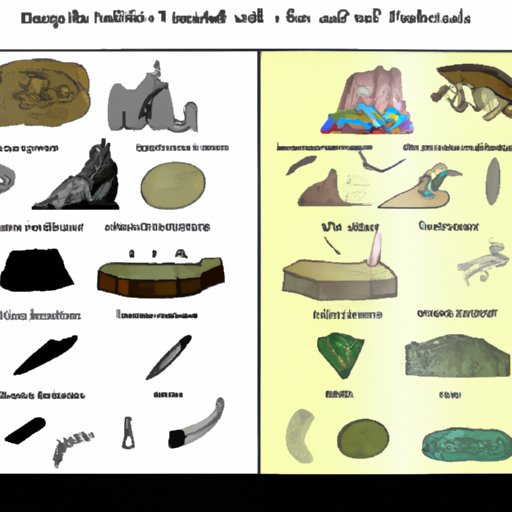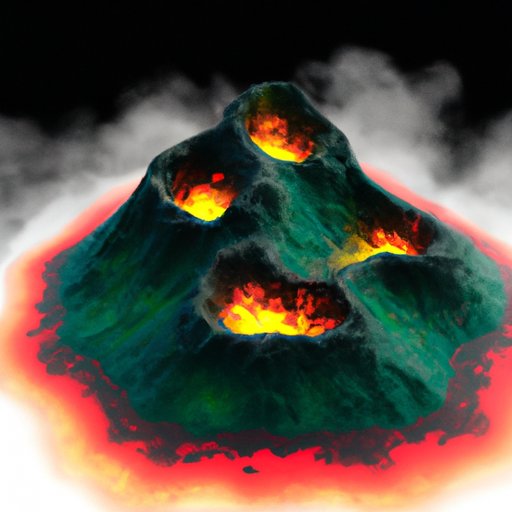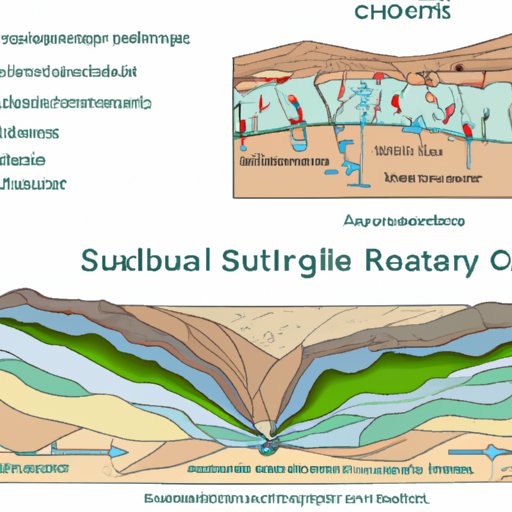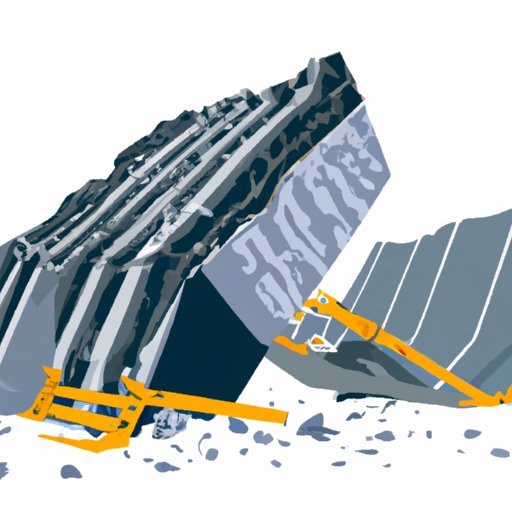Explore the seven major plates of Earth, their unique geological features, and their impact on our world, from the Pacific Plate’s volcanic activity to the African Plate’s creation of the East African Rift Valley. Learn about the biggest tectonic plates, mapping the earth’s tectonic boundaries, and the connection between plates and earthquakes.
Exploring Subduction Zones: The Science and Impact on Our Planet
Explore the science and impact of subduction zones on our planet. Learn about tectonic plates, earthquakes, mountains, natural disasters, and more. Gain a deeper understanding of subduction zones and their importance for those living in affected regions.
The Geosphere: A Journey through Time and Space
Discover the geosphere – the solid, rocky layer that makes up the Earth’s surface – with our comprehensive guide. Explore the Earth’s interior, from its layers and composition to its natural resources and physical processes. Discover the importance of understanding the geosphere and its role in the Earth’s history and future.
The Top Three Regions Most Prone to Earthquakes: An In-Depth Analysis
This article explores the top three regions most prone to earthquakes and the impacts these natural disasters can have on cities, including San Francisco, Los Angeles, Istanbul, Kathmandu, and Tokyo. It also covers the science behind earthquakes, how to stay safe in earthquake-prone areas, and why certain regions are more prone to earthquakes.
Exploring Seafloor Spreading: Understanding the Secrets of the Ocean Floor
Learn about seafloor spreading and its impact on the ocean habitats and biodiversity. Explore the science behind seafloor spreading, its interconnectedness with other geological phenomena, and the ways in which scientists study and explore the ocean floor. Discover the secrets of the ocean floor through this detailed article.
Mid-Ocean Ridges: Unpacking the Mystery of Underwater Mountain Ranges
Mid-ocean ridges are massive underwater mountain ranges that run through the world’s oceans. This article explores the science behind their formation, features, and the ecological significance of these remote regions. Discover the unique ecology of deep-sea environments, understand the impact of the earth’s tectonic plates on global climate patterns, and unpack the fascinating geological forces that shape our planet’s surface.
The Importance of Geological Evidence for Understanding Earth’s History
Geologists use a variety of evidence to reconstruct Earth’s history, including rocks, minerals, fossils, sediments, tree rings and ice cores. By analyzing the data gathered from these evidence, geologists can better understand our planet’s history, and make informed predictions about how it may change in the future.
Exploring the Volcanic World: Understanding the Power of Nature
Explore the world of volcanoes, from their incredible beauty to their destructive power. Learn about the science behind volcanoes, the impact they have had on our planet, and the dangers associated with living near them. Discover fascinating facts about volcanoes, their contribution to the formation of the Earth, and their impact on human history and the environment.
The Ins and Outs of Subduction: Exploring the Dynamic Geology of the Earth
This article explores the process of subduction and its impact on Earth’s dynamics, environmental sustainability, and geological features. We’ll dive into the science behind earthquakes and volcanoes, understand the basics of tectonic plates, and recognize the role of subduction in global processes.
Understanding Earthquakes: From Science to Risks
This article explores the science behind earthquakes, their historical and cultural significance, their effects on the environment, and risks to infrastructure. We delve into insights from subject matter experts and the relationship between climate change and earthquake risks to bring you a comprehensive guide on understanding earthquakes.
